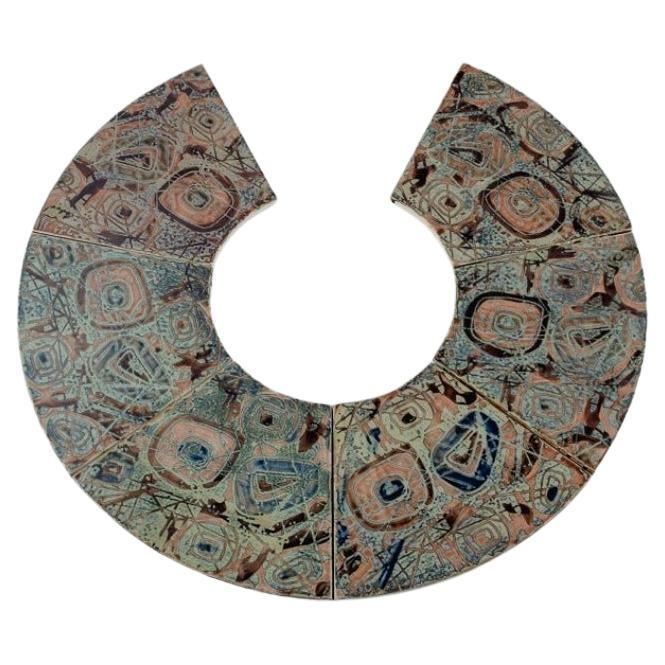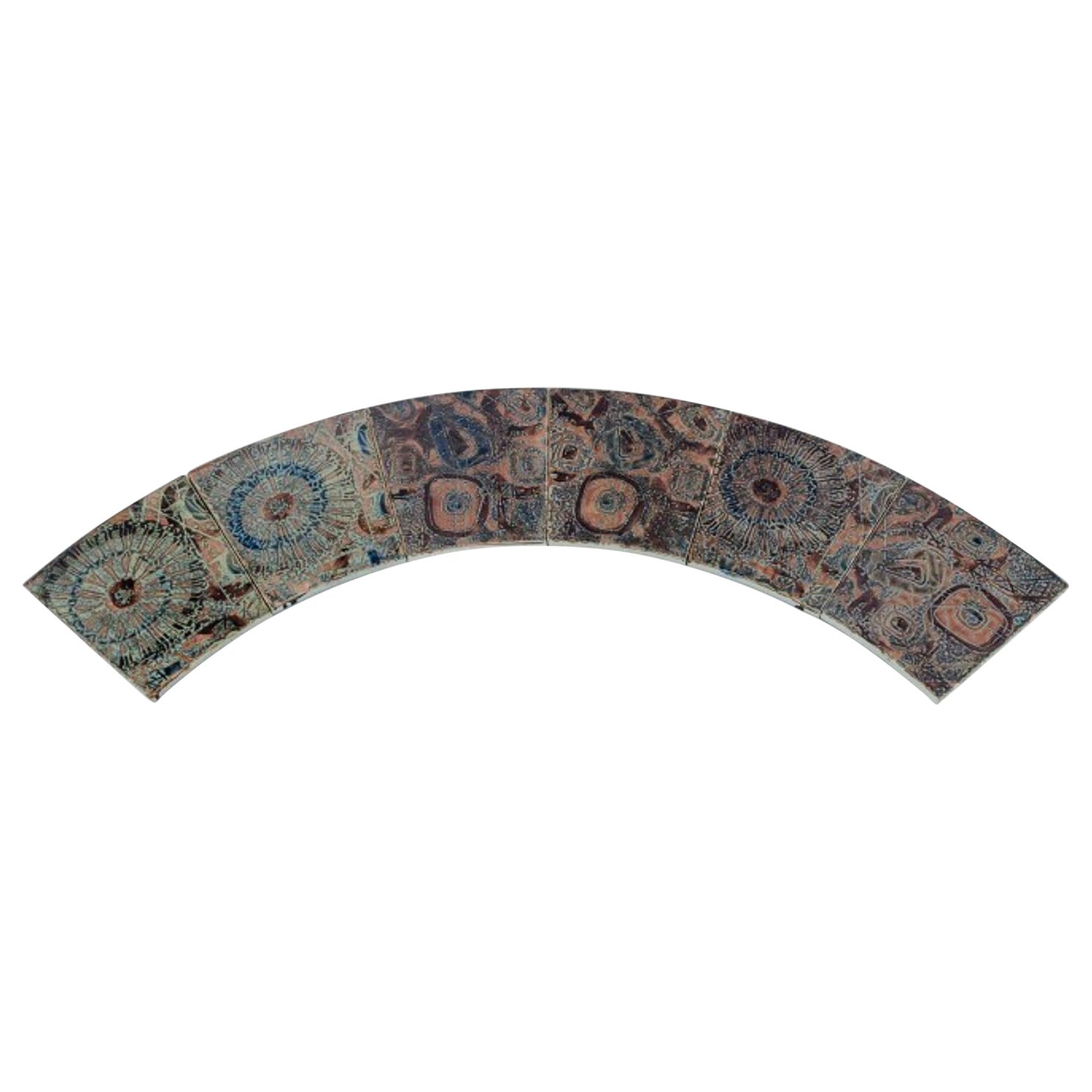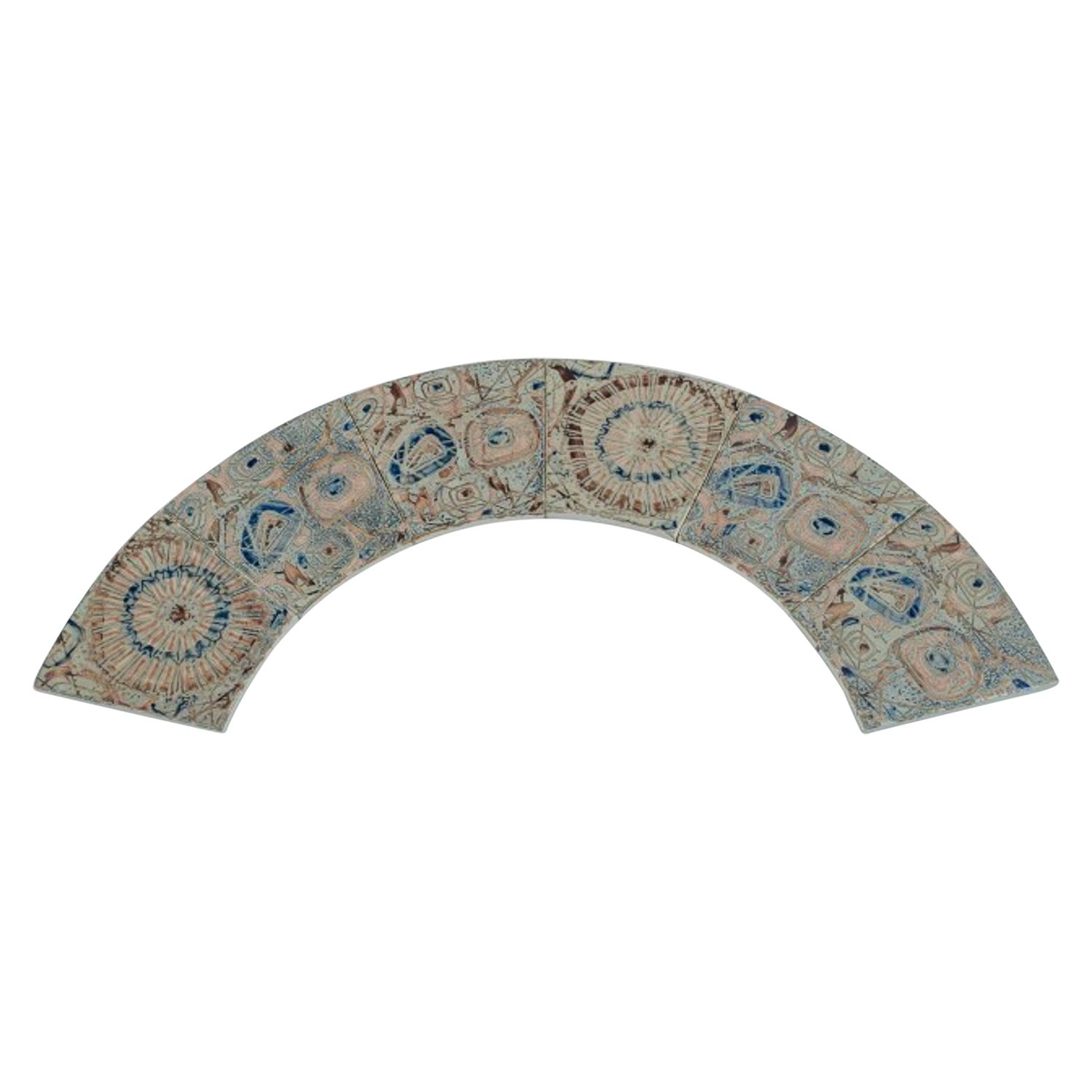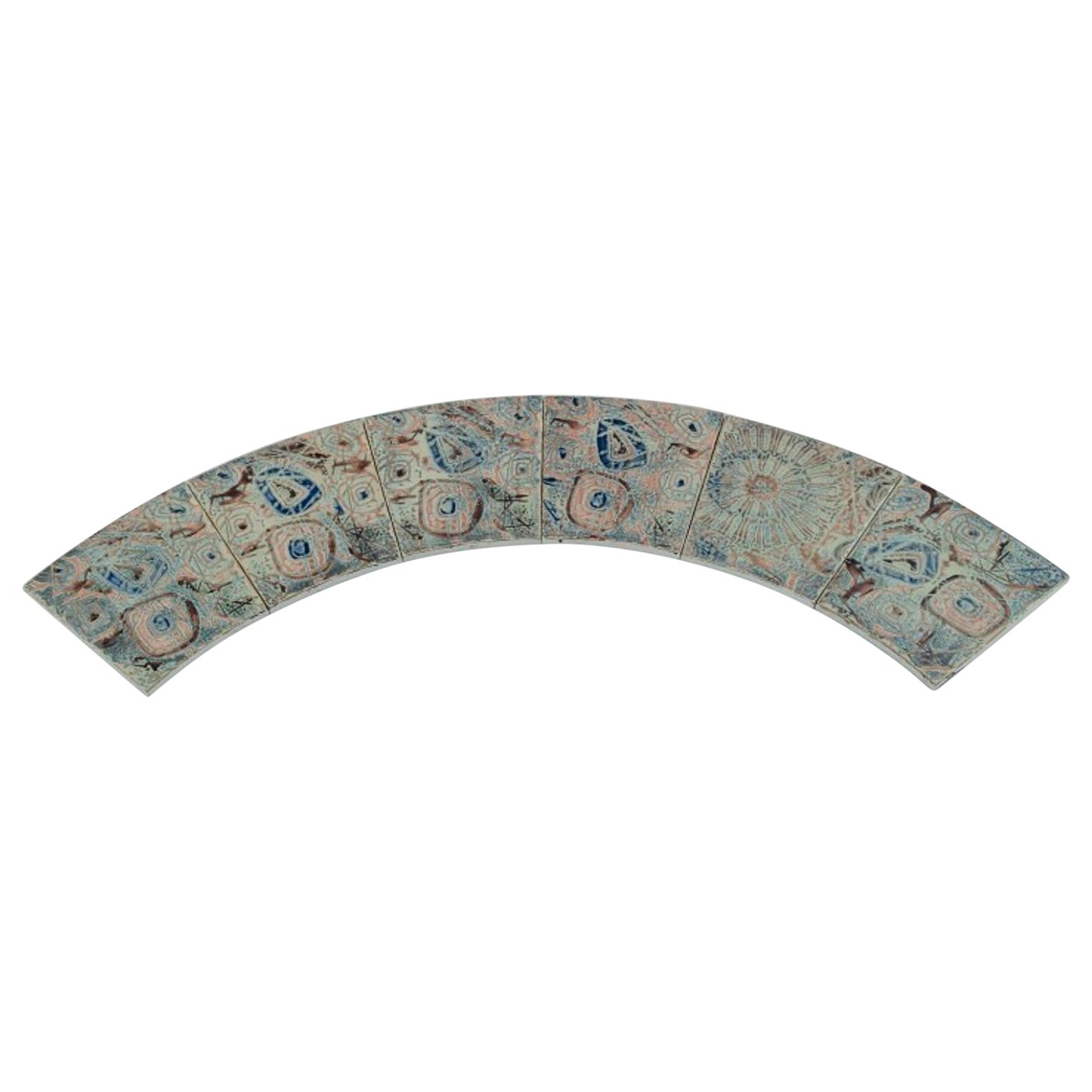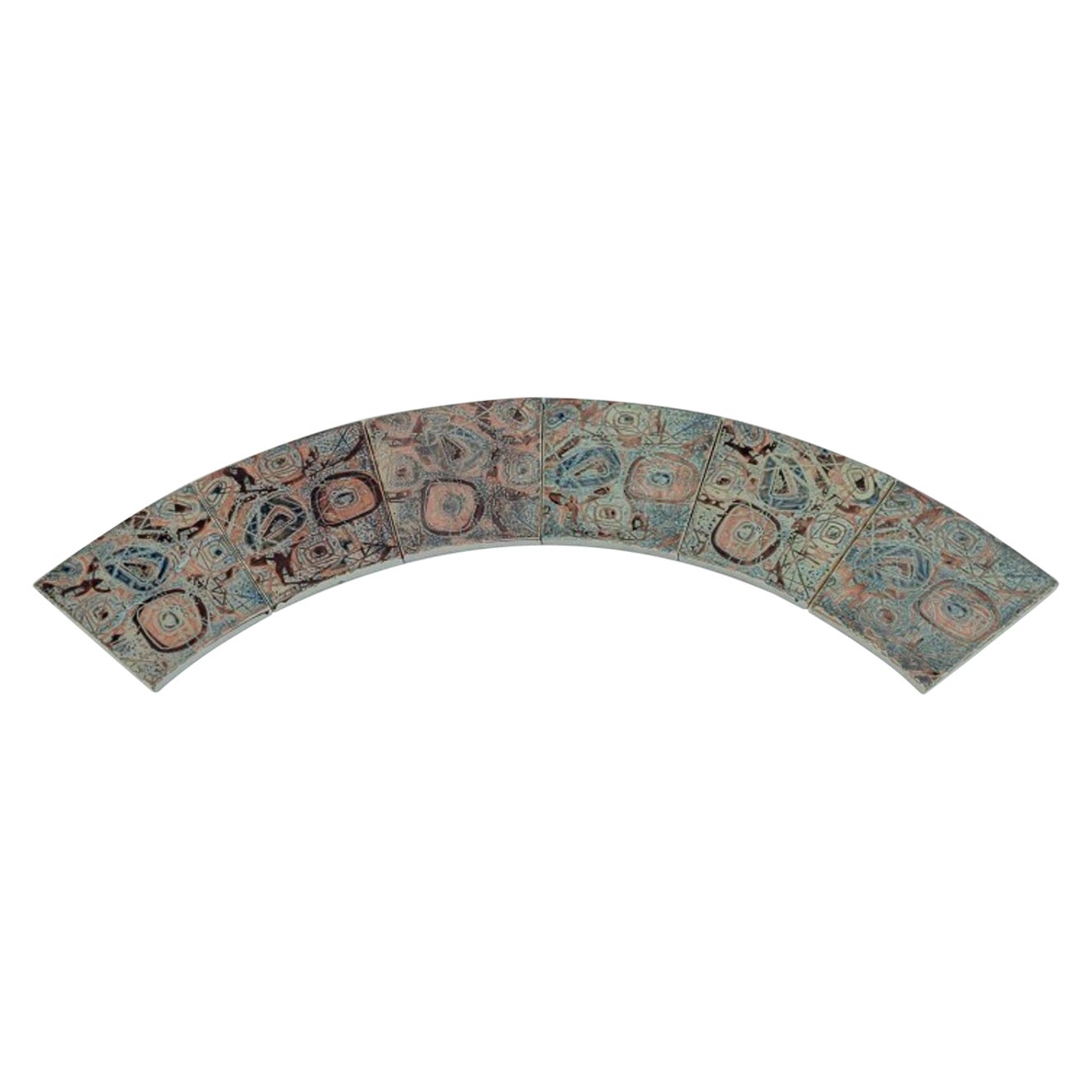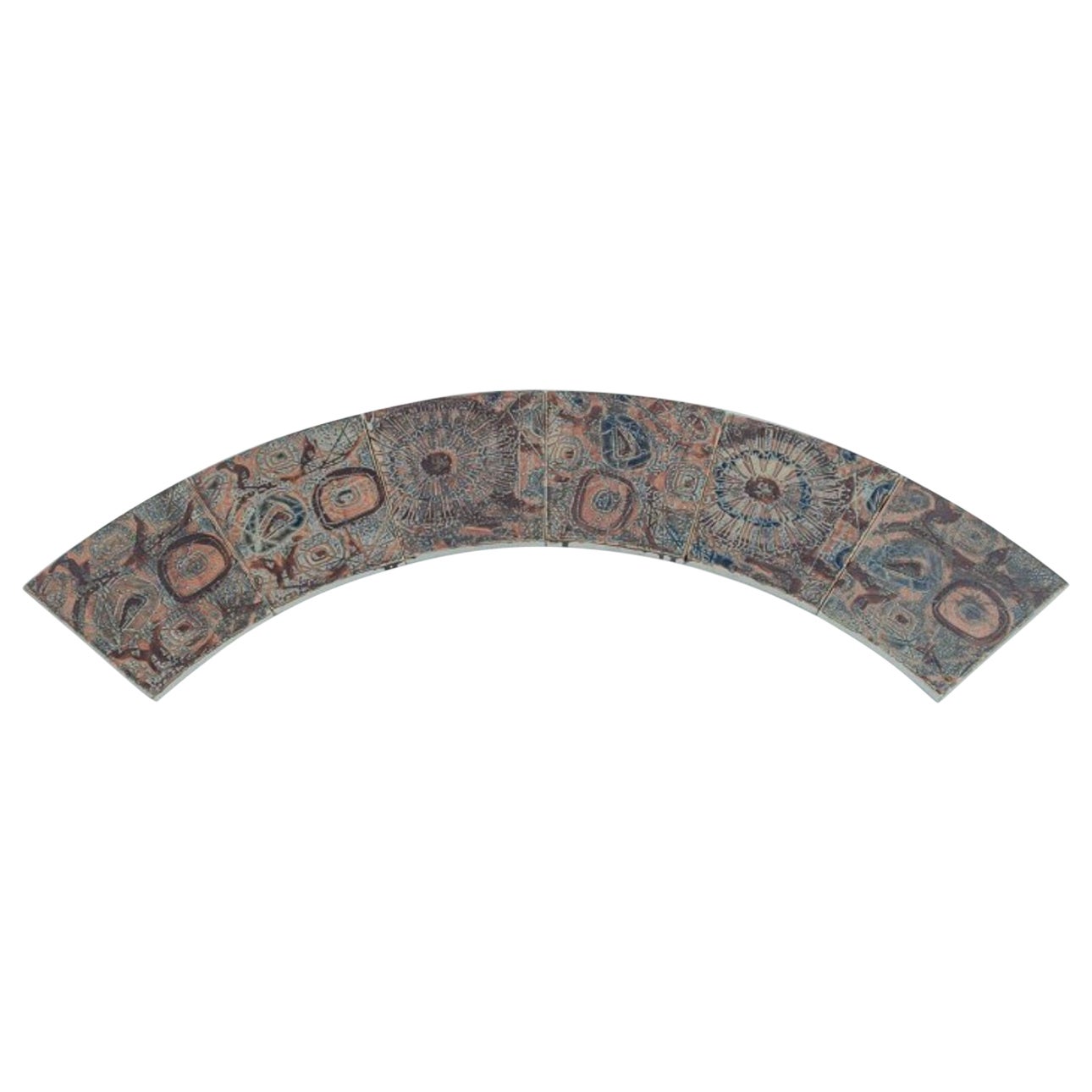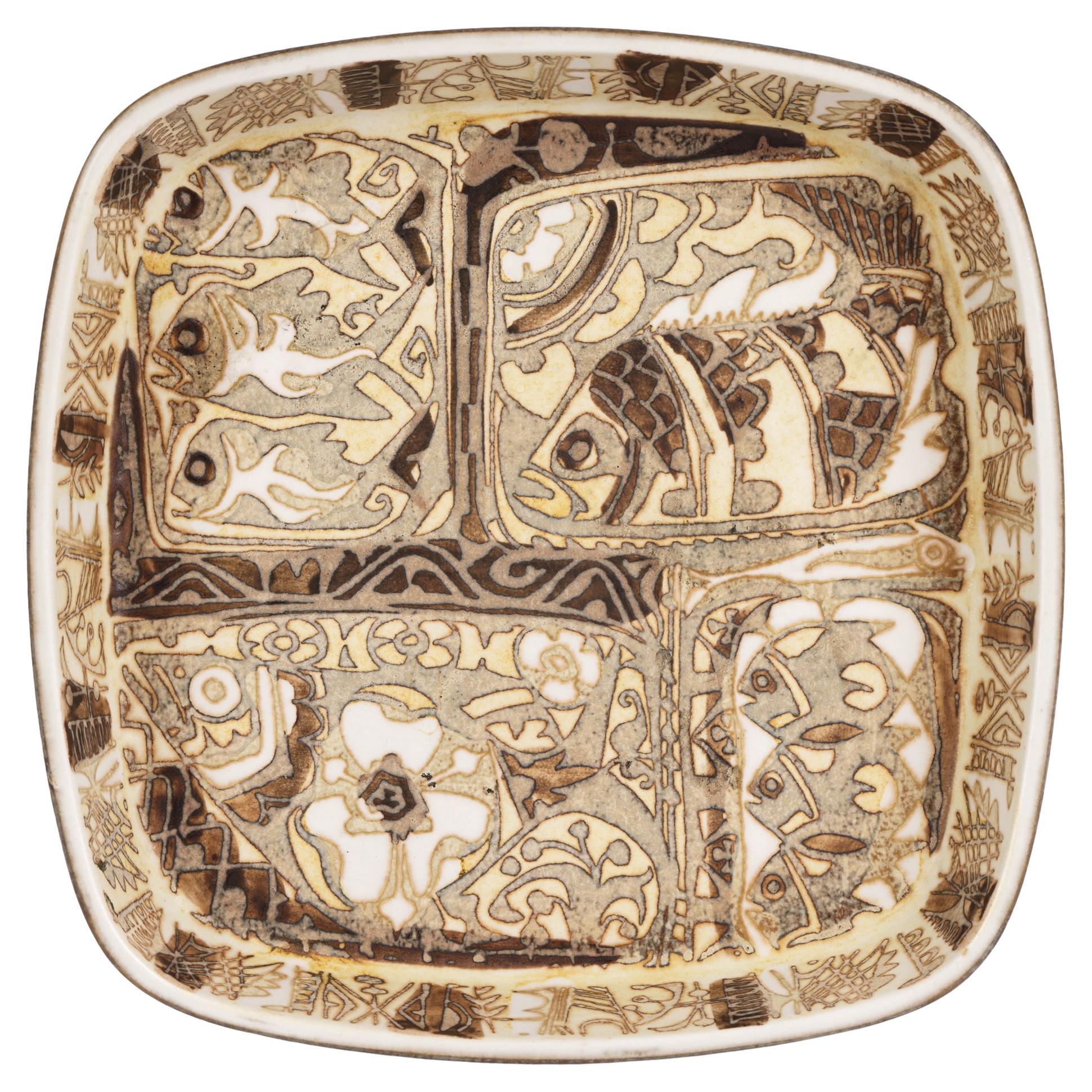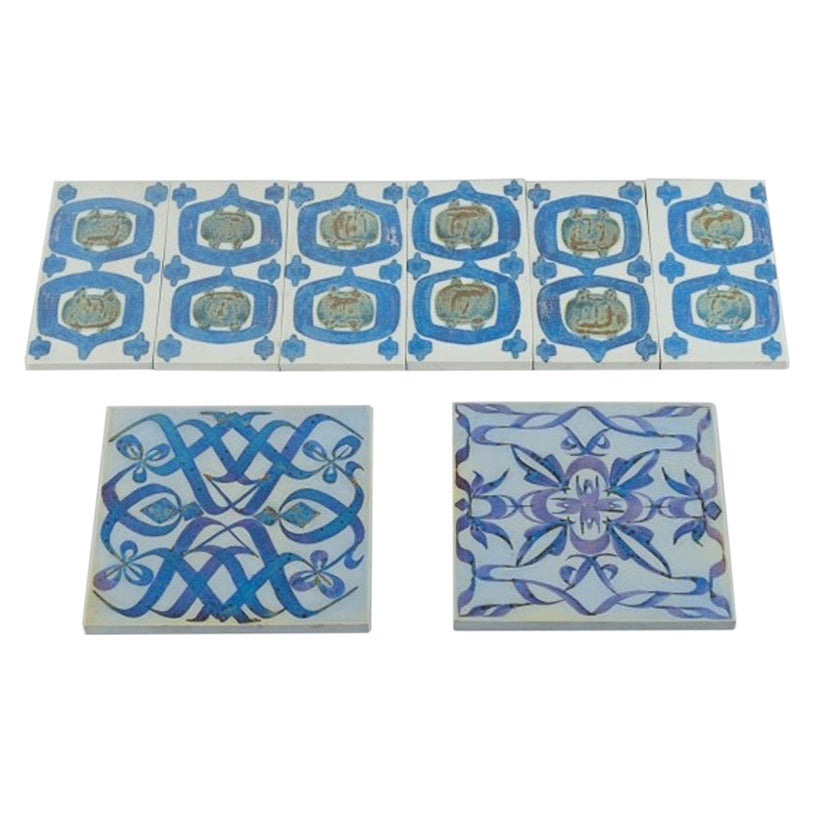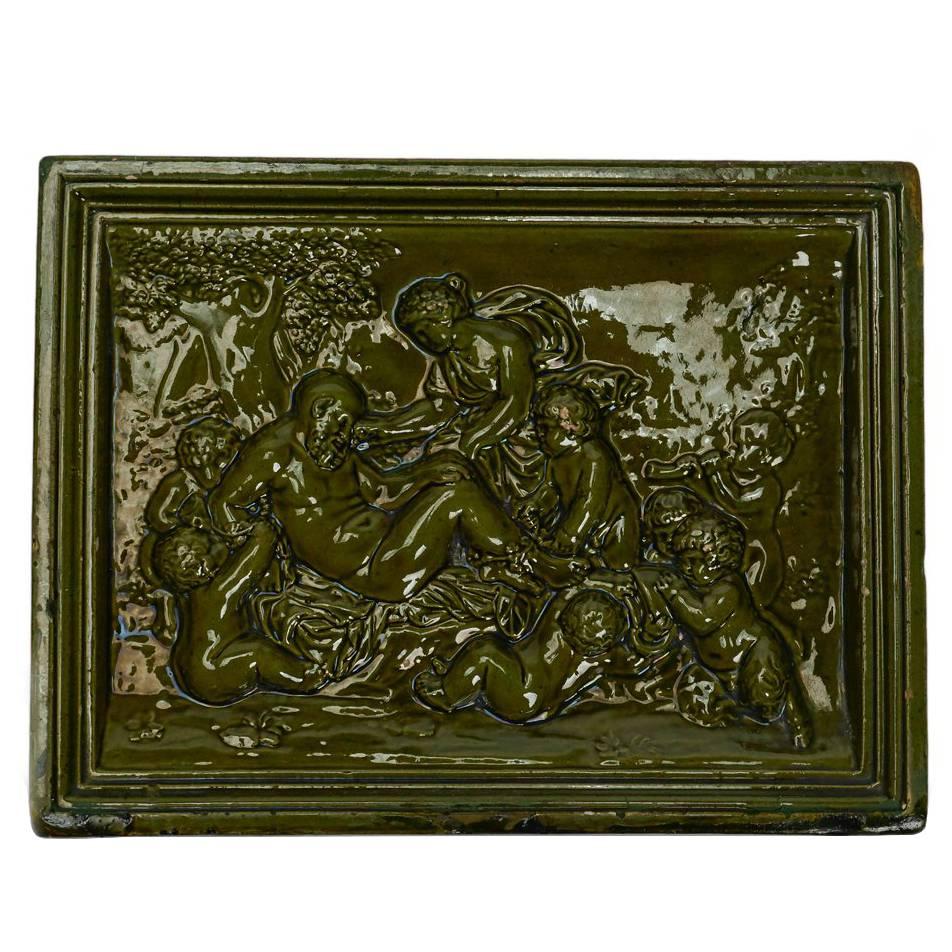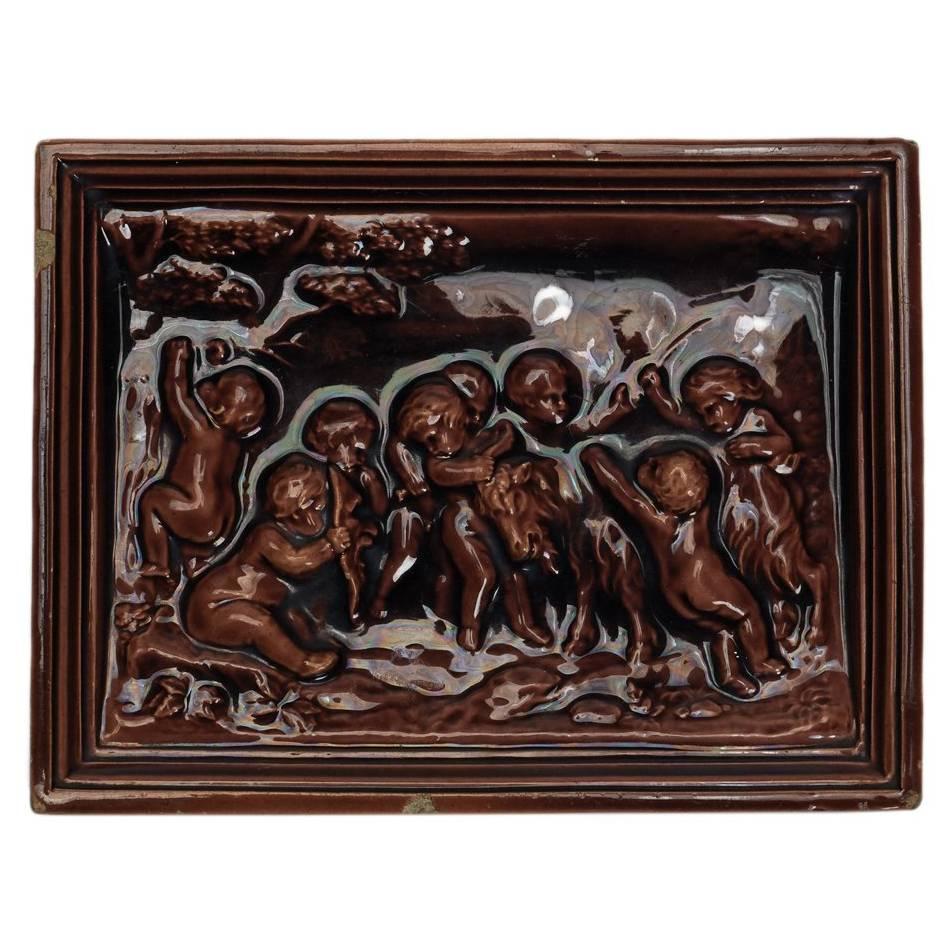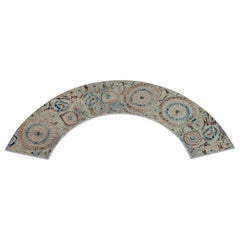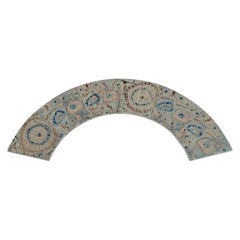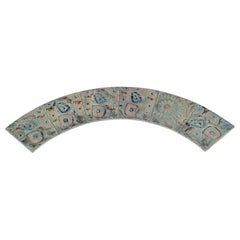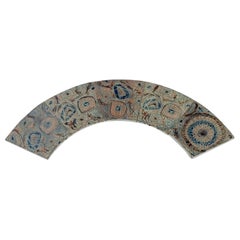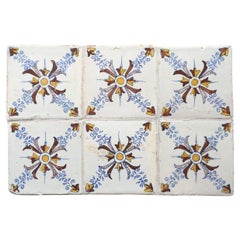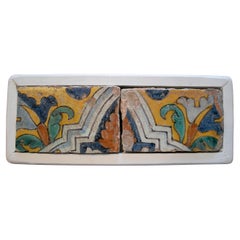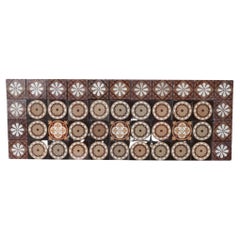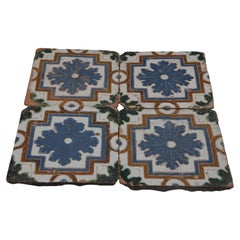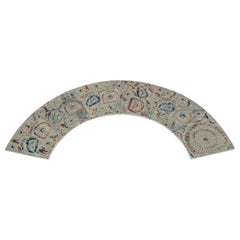
Royal Copenhagen, Six Baca Faience Tiles with Patterned Glaze, Model 869/3812
View Similar Items
Want more images or videos?
Request additional images or videos from the seller
1 of 9
Royal Copenhagen, Six Baca Faience Tiles with Patterned Glaze, Model 869/3812
$300List Priceper set
About the Item
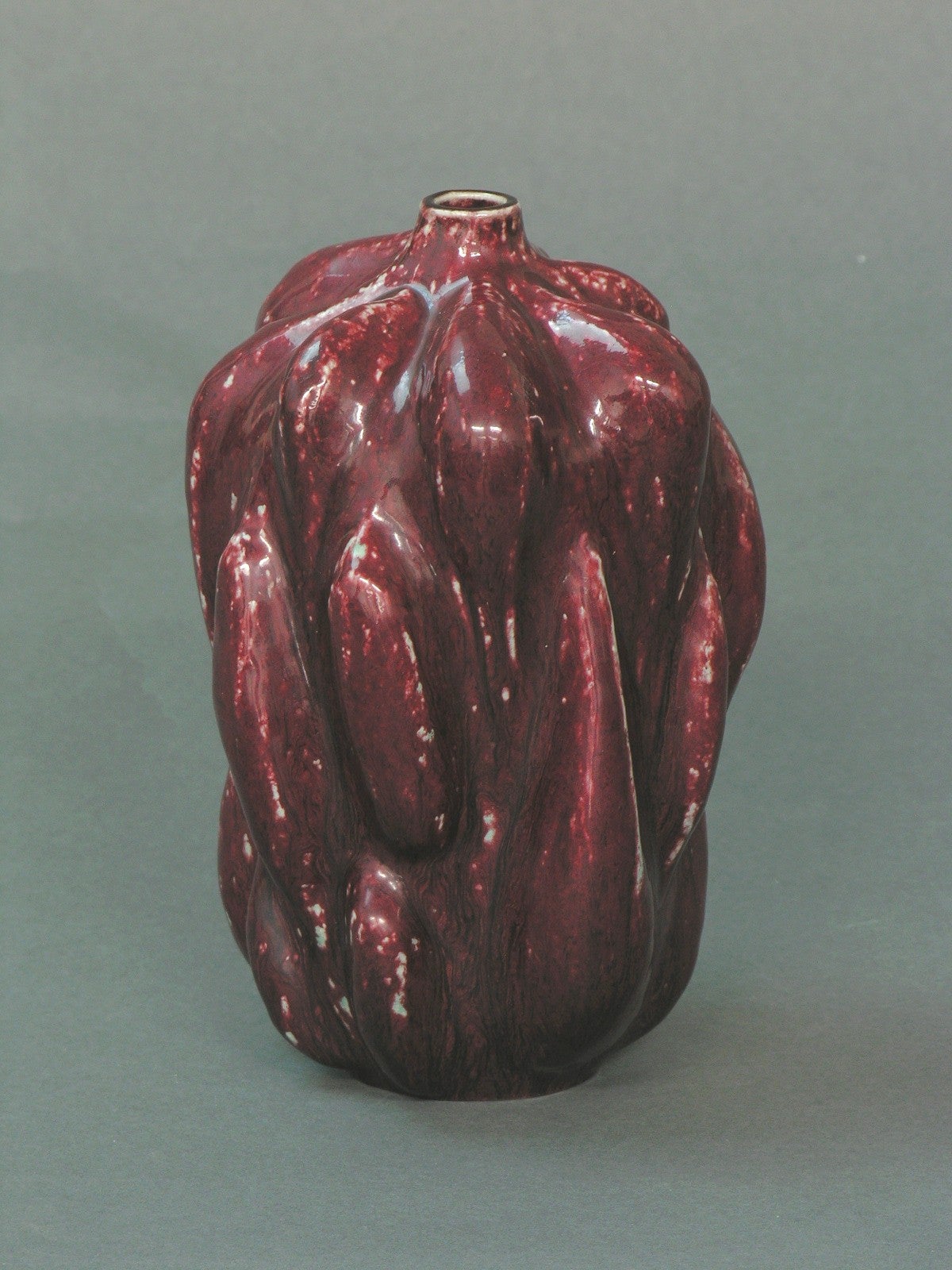
About the Seller
4.8
Platinum Seller
Premium sellers with a 4.7+ rating and 24-hour response times
Established in 1999
1stDibs seller since 2014
3,076 sales on 1stDibs
Typical response time: 3 hours
Authenticity Guarantee
In the unlikely event there’s an issue with an item’s authenticity, contact us within 1 year for a full refund. DetailsMoney-Back Guarantee
If your item is not as described, is damaged in transit, or does not arrive, contact us within 7 days for a full refund. Details24-Hour Cancellation
You have a 24-hour grace period in which to reconsider your purchase, with no questions asked.Vetted Professional Sellers
Our world-class sellers must adhere to strict standards for service and quality, maintaining the integrity of our listings.Price-Match Guarantee
If you find that a seller listed the same item for a lower price elsewhere, we’ll match it.Trusted Global Delivery
Our best-in-class carrier network provides specialized shipping options worldwide, including custom delivery.More From This Seller
View AllRoyal Copenhagen, Six Baca Faience Tiles with Patterned Glaze, Model 869/3812
Located in København, Copenhagen
Royal Copenhagen, six Baca faience tiles with patterned glaze in brown, blue, green and sand colours.
Model 869/3812.
1970s.
In perfect condition.
Marked.
First factory quality....
Category
Vintage 1970s Danish Ceramics
Materials
Faience
Royal Copenhagen, Six Baca Faience Tiles with Patterned Glaze
Located in København, Copenhagen
Royal Copenhagen, six Baca faience tiles with patterned glaze in brown, blue, green and sand colours.
Model 869/3812.
1970s.
In perfect condition...
Category
Vintage 1970s Danish Ceramics
Materials
Faience
Royal Copenhagen, Six Baca Faience Tiles with Patterned Glaze, 1970s
Located in København, Copenhagen
Royal Copenhagen, six Baca faience tiles with patterned glaze in brown, blue, green and sand colours.
Model 869/3813.
1970s.
In perfect condition...
Category
Vintage 1970s Danish Ceramics
Materials
Faience
Royal Copenhagen, Five Baca Faience Tiles with Patterned Glaze, 1970s
Located in København, Copenhagen
Royal Copenhagen, five Baca faience tiles with patterned glaze in brown, blue, green and sand colours.
Model 869/3812.
1970s.
In perfect conditio...
Category
Vintage 1970s Danish Ceramics
Materials
Faience
Royal Copenhagen, Six Baca Faience Tiles with Patterned Glaze, Model 869/3813
Located in København, Copenhagen
Royal Copenhagen, six Baca faience tiles with patterned glaze in brown, blue and green.
Model 869/3813.
1970s.
In perfect condition.
Marked.
First factory quality.
Dimensions: ...
Category
Vintage 1970s Danish Ceramics
Materials
Faience
Royal Copenhagen, Six Baca Faience Tiles with Patterned Glaze, 1970s
Located in København, Copenhagen
Royal Copenhagen, six Baca faience tiles with patterned glaze in brown, blue and green.
Model 869/3813.
1970s.
In perfect condition.
Marked.
Fi...
Category
Vintage 1970s Danish Ceramics
Materials
Faience
You May Also Like
Set of 6 Polychrome Dutch Delft Tiles with Ornamental Design
Located in AMSTERDAM, NH
A set of 6 polychrome Dutch Delft tiles with ornamental design.
Made in Haarlem, The Netherlands.
Circa 1625 - 1650.
A panel of six colourful o...
Category
Antique Early 17th Century Dutch Delft and Faience
Materials
Ceramic
Set of Two 18th Century Spanish Hand Painted Glazed Ceramic Patterned Tiles
Located in Marbella, ES
Antique set of two 19th century Spanish hand painted glazed ceramic patterned tiles with white frame
Dimension do not include frame.
Category
Antique Mid-18th Century Spanish Ceramics
Materials
Ceramic
Set of 44 Antique Glazed Ceramic Tiles
Located in Wormelow, Herefordshire
An attractive set of 44 original antique ceramic patterned tiles, suitable for either a fireplace hearth or Splash-back. Overall size approximately 120 x 44 cm (47.24 x 17.32 inches).
Category
Antique 19th Century English Victorian Fireplace Tools and Chimney Pots
Materials
Ceramic
Spanish Azulejo set of 4 tiles Arista y Cuenca - Toledo 16th century
By Estadio of Spain
Located in DELFT, NL
Set of 4 early Arista y cuenca tiles made in Toledo. Tile decorated in renaissance with stylized flowers, probably made between 1550 and 1575.
condition: 3 are in very good conditi...
Category
Antique 16th Century Spanish Renaissance Ceramics
Materials
Earthenware, Maiolica
Spanish Azulejo Tile Arista y Cuenca - Toledo 16th century
By Estadio of Spain
Located in DELFT, NL
Early Arista y cuenca tiles made in Toledo. Tile decorated in renaissance with stylized flowers, probably made between 1550 and 1575.
I have four of them available, please reach o...
Category
Antique 16th Century Spanish Renaissance Ceramics
Materials
Earthenware, Maiolica
Ancient Maiolica Tiles, Ambrogette, Rampini Manufactory, Pavia, 1693-1704
By Siro Antonio Africa
Located in Milano, IT
Six maiolica “ambrogette” (tiles)
Rampini manufactory, painter probably Siro Antonio Africa
Pavia, 1693-1704
a) 6.88 x 5.51 in (17.5 x 14 cm); 0.55 lb (252 g)
b) 7.08 x 5.70 in (18 x 14.5 cm); 0.51 lb (233 g)
c) 6.88 x 5.70 in (17.5 x 14.5 cm); 0.54 lb (245 g)
d) 6.81 x 5.51 in (17.3 x 14 cm); 0.50 lb (230 g)
e) 6.88 x 5.51 in (17.5 x 14 cm); 0.50 lb (229 g)
f) 7.08 x 5.70 in (18 x 14.5 cm); 0.51 lb (233 g)
State of conservation: intact.
These six ”maiolica fina” small “ambrogette” belong to a family of ceramic works considered among the finest produced between the 17th and 18th centuries. For a long time, this type of maiolica was attributed to the Venetian village of Angarano, but later it was definitively attributed to the pottery factories in Pavia. A fundamental study ascribed this production specifically to Pavia through an analysis of Lombard collections and a comparison with archaeological remains found near the two main manufacturing sites in the city. (E. Pelizzoni - M. Forni - S. Nepoti, La maiolica di Pavia tra Seicento e Settecento, Milano 1997).
The six small oval tiles have rounded edges and are decorated with a historiated motif. They were created using high-fired polychrome technique, with a predominance of cool tones and a dominance of gray and blue, interspersed with manganese, citrine yellow, orange-yellow, and green. The six small “ambrogette” are characterized by the same stylistic features, with a similar decorative design.
The first tile (a) depicts a female figure, holding a stiletto and sitting near a pedestal supporting a relief-decorated baluster vase. Behind her, a child is holding a chalice, while through the arches of a portico, a glimpse of a mountainous landscape can be seen in the background. The female figure could possibly be Lucretia, an example of virtue in ancient Roman culture.
In the second “ambrogetta” b), the Biblical episode of Judith and Holofernes is depicted through canonical iconography: the decapitated body of Holofernes lies on the bed in the background, while the protagonist, Judith, is seen placing his head into a sack held by a maidservant. Through an archway a shining slice of the moon gives the perception of nighttime. Surprisingly, within the narrative, there is the presence of a basin in the shape of a large shell, closely resembling the products of Pavia's factories.
The third small plaque (c) depicts a female figure standing on a plinth and framed by an architectural arch with a vast mountainous landscape in the background. The woman, with her breasts exposed, is accompanied by two children: one approaching her as if wanting to be picked up, and the other seated with an apple in his hand. The protagonist lends herself to different interpretations: perhaps she represents Rea Silvia with the two twin founders of Rome, or perhaps she is an allegory for the Pietà, a common theme depicted on maiolica.
In the fourth tile (d), three characters are depicted near a column. The main figure is an old man with a sad expression, holding a cup, while a woman, wearing a turban on her head, also holds a cup in her right hand and a pitcher in her left. A second woman with her hair bound holds another pitcher behind the old man: at his feet a traveller's bag can be seen, along with some apples and a slice of cheese on a rectangular base. It is likely the sad Biblical episode of Lot and his daughters...
Category
Antique Early 1700s Italian Baroque Ceramics
Materials
Maiolica
Recently Viewed
View AllMore Ways To Browse
Royal Copenhagen 1970
Royal Copenhagen Tile
Japanese Mugs Vintage
Majolica Boat
Qajar Ceramics
Rose Medallion Plates
Cabbage Ware
Ceramic Canister
Chinese Tankard
Davenport Ironstone
English Ironstone Plates Chinoiserie
French Terrine
Glass Piggy Bank
Pie Mold
Restaurant Ware
Royal Doulton Jug
Terrine France
Chinese Blue Fish Plates
